By Film Noir Blonde and Michael Wilmington
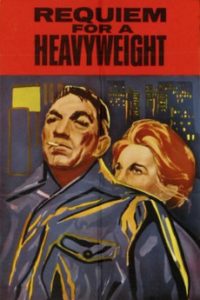 The TCM Classic Film Festival focused on comic films this year but of course there was a dark side. (Isn’t that always the case?) One of the highlights (or lowlights) for the Film Noir Blonde team was the screening of “Requiem for a Heavyweight” (1962, Ralph Nelson).
The TCM Classic Film Festival focused on comic films this year but of course there was a dark side. (Isn’t that always the case?) One of the highlights (or lowlights) for the Film Noir Blonde team was the screening of “Requiem for a Heavyweight” (1962, Ralph Nelson).
The film was introduced by Eddie Muller, founder and president of the Film Noir Foundation (a.k.a. the czar of noir). He thanked the audience for coming to “the bleakest, most depressing movie of the fest.” He added that his father had been a longtime boxing columnist for the San Francisco Examiner so he was familiar with the hardscrabble life of a fighter.
The boxer in the film is “Mountain” Rivera (Anthony Quinn) who must choose a new path upon realizing that his best years are behind him. But his options are limited, not only because his whole life has been swinging punches but also because his manager (Jackie Gleason) is not above perpetrating an act of searing betrayal. Mickey Rooney plays Mountain’s trainer and Julie Harris plays an awkward social worker who tries to help him find another kind of job.
The film originated as a teleplay by Rod Serling and aired in 1956 on a show called Playhouse 90, starring Jack Palance in the lead; Kim Hunter played the social worker. Also directed by Nelson, the teleplay received Peabody and Emmy awards. In the film, Cassius Clay (later known as Muhammad Ali) and Jack Dempsey appear as themselves.
Quinn shows us an achingly vulnerable human being starting the last chapter of his life. Without sentimentality, he makes us feel the pain, sadness and frustration of Rivera’s deadly predicament. He also shows us how this once-great, over-the-hill athlete has been victimized by his world: the seedy, sleazy, exploitative milieu of professional boxing.
As Muller put it: “It’s really a Greek tragedy.”





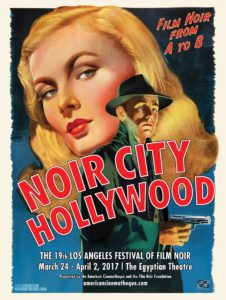
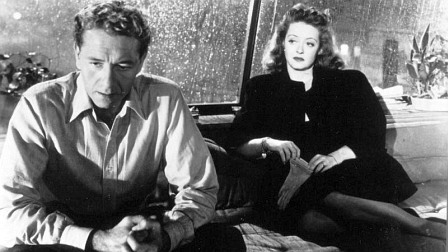

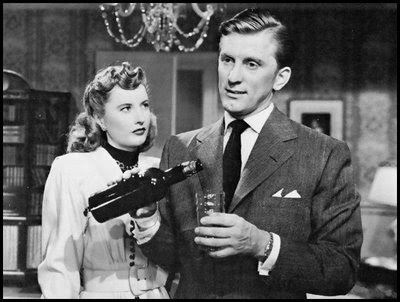
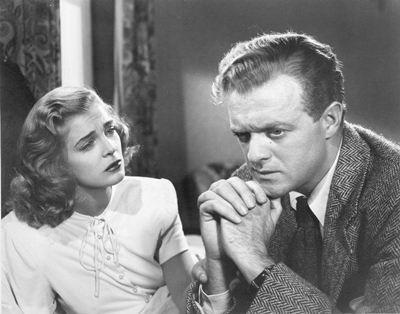
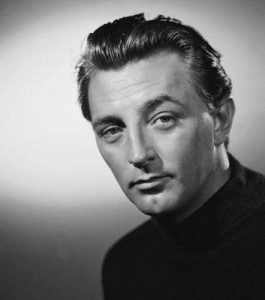
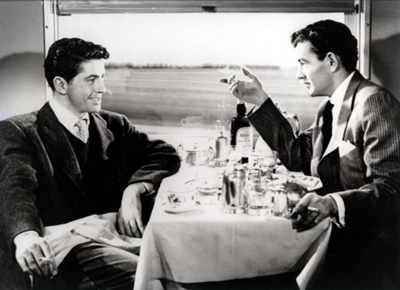
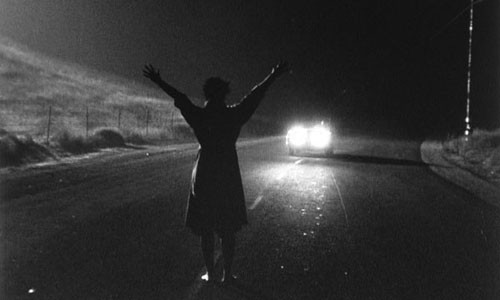
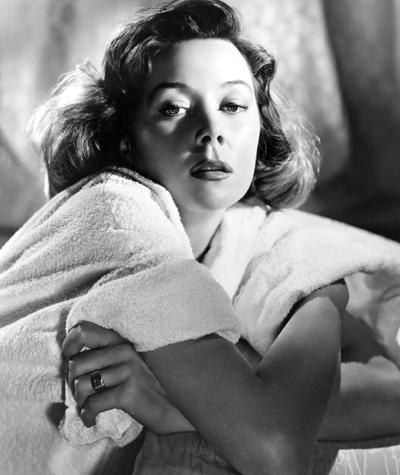
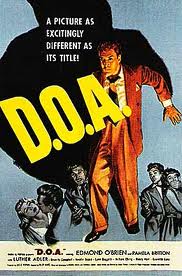
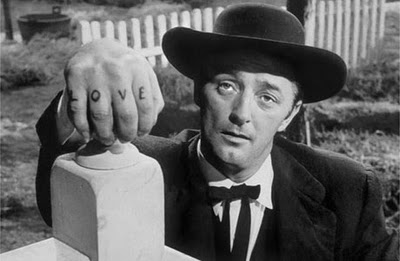
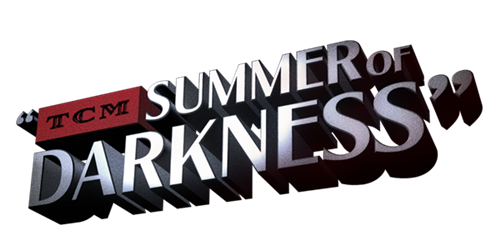
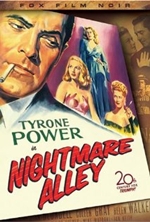

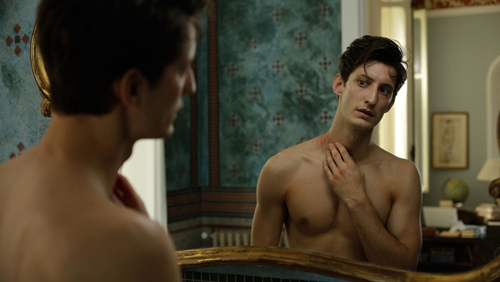
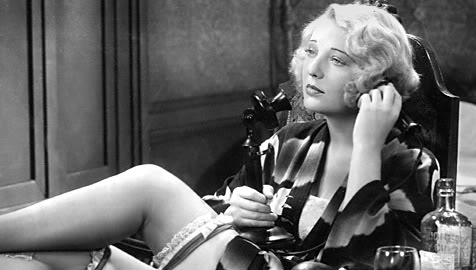
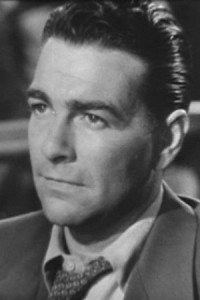
![NC13_Teaser[1]](http://www.filmnoirblonde.com/wp-content/uploads/2014/11/NC13_Teaser1.jpg)
![Dark-crimes-film-noir-thrillers-volume-2-dvd_360[1]](http://www.filmnoirblonde.com/wp-content/uploads/2014/11/Dark-crimes-film-noir-thrillers-volume-2-dvd_3601.jpg)
![The-Art-of-Noir-The-Posters-and-Graphics-from-the-Classic-Era-of-Film-Noir-by-Eddie-Muller[1]](http://www.filmnoirblonde.com/wp-content/uploads/2014/11/The-Art-of-Noir-The-Posters-and-Graphics-from-the-Classic-Era-of-Film-Noir-by-Eddie-Muller1.png)





From FNB readers